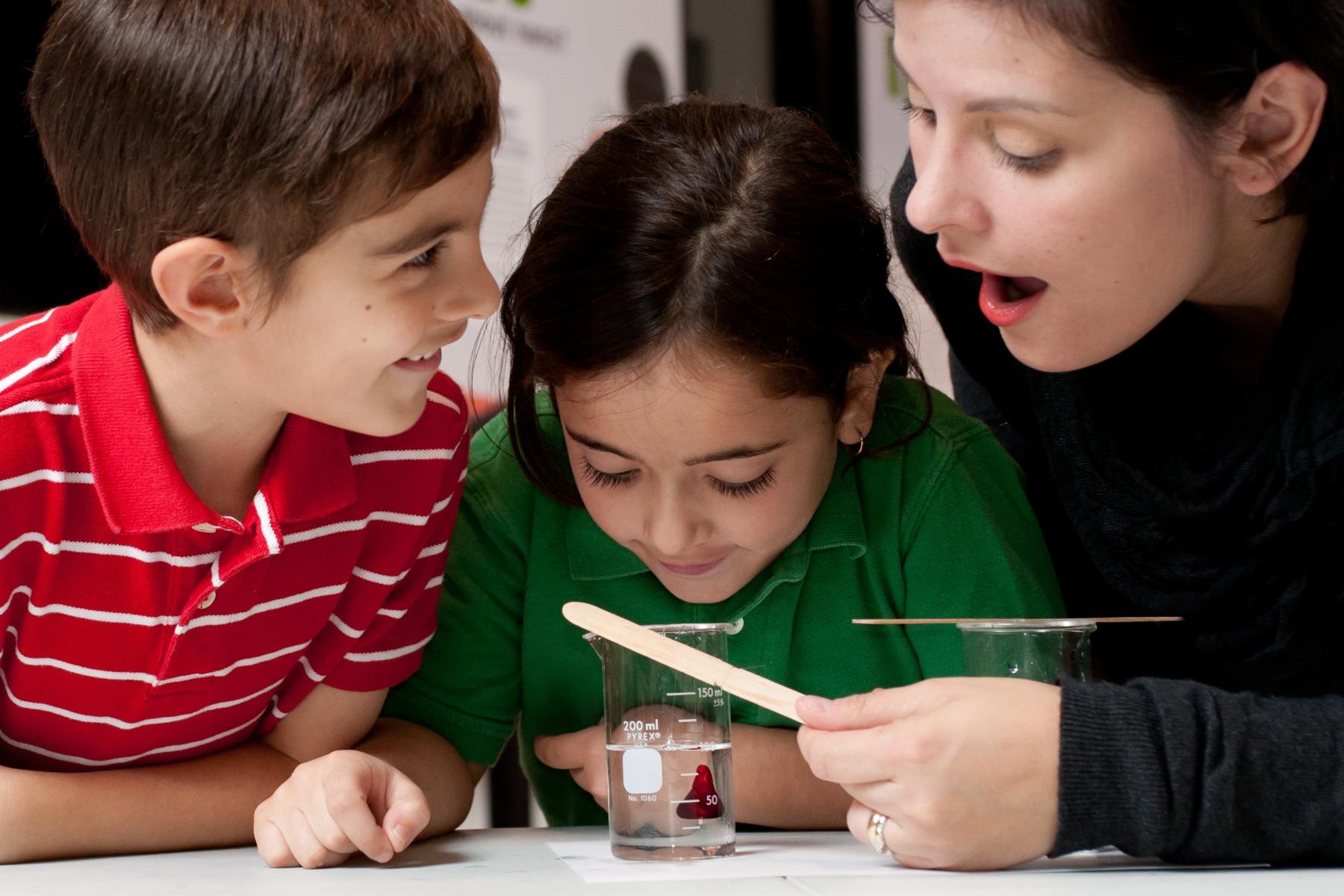DESCRIPTION
Professional development guide for educators planning a NanoDays event including event planning calendar, finding collaborators, training staff and volunteers, and marketing materials. Also includes a welcome letter (with materials list) and the planning and marketing guide included in the NanoDays physical kit to assist with planning and promoting your NanoDays event. Also includes a link to the Guide to Building Parnerships Between Museums and University-Based Research Centers and a document outlining Strategies for Engaging Bilingual Audiences in your NanoDays event.
DESCRIPTION
Professional development guide for educators planning a NanoDays event including event planning calendar, finding collaborators, training staff and volunteers, and marketing materials. Also includes a welcome letter (with materials list) and the planning and marketing guide included in the NanoDays physical kit to assist with planning and promoting your NanoDays event. Also includes a link to the Guide to Building Parnerships Between Museums and University-Based Research Centers and a document outlining Strategies for Engaging Bilingual Audiences in your NanoDays event.
OBJECTIVES
NANO CONTENT MAP
Nanometer-sized things are very small, and often behave differently than larger things do.
Scientists and engineers have formed the interdisciplinary field of nanotechnology by investigating properties and manipulating matter at the nanoscale.
Nanoscience, nanotechnology, and nanoengineering lead to new knowledge and innovations that weren't possible before.
Nanotechnologies—and their costs, utility, risks, and benefits—are closely interconnected with society and with our values.
Credits
Sciencenter
Developed for the NISE Network with funding from the National Science Foundation under Award Numbers 0532536 and 0940143. Any opinions, findings, and conclusions or recommendations expressed in this product are those of the authors and do not necessarily reflect the views of the Foundation.
Creative Commons Attribution Non-Commercial Share Alike 3.0 United States (CC BY-NC-SA 3.0 US).
View more details

NISE Network products are developed through an iterative collaborative process that includes scientific review, peer review, and visitor evaluation in accordance with an inclusive audiences approach. Products are designed to be easily edited and adapted for different audiences under a Creative Commons Attribution Non-Commercial Share Alike license. To learn more, visit our Development Process page.





